The Sailor Who Never Came Home - Robert Louis Stevenson (17 photos)
On one of the islands of the Samoan archipelago, near the village of Vailima, Mount Vea rises. About a hundred years ago it was impossible to climb to its top, but one day, in 1894, axes began to knock and the path through the impassable thicket was cleared. There, on the top, the legendary Tusitala was buried, and a sign was attached to the gravestone with the words: “The sailor returned home, the seaman returned home, and the hunter returned from the hills.” 
These lines have long been translated into Samoan, they were turned into a beautiful and sad song. But Tusitala wrote them in English - back when he lived in other parts and had a different name: Robert Louis Stevenson.
Anyone can write a story—I mean, a bad story—but not everyone can write a novel, even a bad one. Size is what kills.
Robert Louis Stevenson
“We are created from the same substance as our dreams...”
His whole life is a story of a struggle between two opposites, a paradoxical combination of the incompatible. In search of a golden mean, he rushed between the professions of a lawyer and a writer, was torn between piety and atheism, traveled half the world in search of a country where he could live without harm to his fragile health, he wrote about adventures, but was forced to sit at home for months... 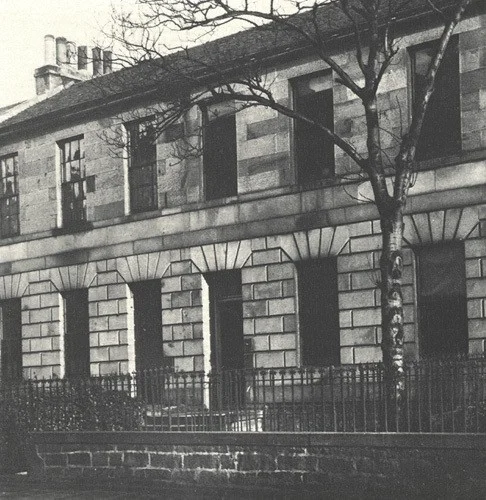
8 Howard Place, Edinburgh - Robert Louis Stevenson was born here
Robert Louis Balfour Stevenson was born as if on the verge, at the turn of the century: in the middle of the 19th century, on November 13, 1850 in Edinburgh. The writer's grandfather, Scotsman Robert Stevenson, was a famous engineer and lighthouse builder. Robert Stevenson's work was continued by Thomas Stevenson - and, of course, he expected the same from his own son. Young Louis honestly went with his father to where new lighthouses were being built, tried to delve into the wisdom of his art... but at the same time he experienced nothing but boredom. The boy was attracted to something completely different - writing stories.
From early childhood, sickly, cared for by his father, mother and nanny, Louis Stevenson dreamed of adventure. Sea battles, pirates, treasure hunts - all this attracted his imagination ever since his father made it a rule to tell his son fictitious stories before bed. And although Thomas Stevenson remained a respectable and extremely pious man, his fantasy carried him into the tropical seas. Nanny Cammy was also good: she told young Stevenson about body snatchers, about religious fanatics of past centuries, about ghosts... 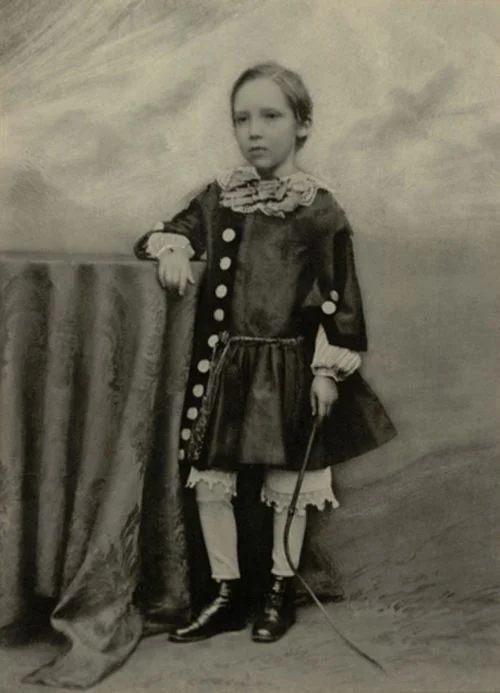
Stevenson is 7 years old...
And although this explanation may seem too obvious, take pirates and sailing ships, add ghost stories and stories of past centuries, multiply all this with an interest in the depths of human passions and the limits that are set for mortals - and you will find that you have described everything or almost all Stevenson's books.
We are used to judging him only by “Treasure Island” and maybe also by “Black Arrow”. We read them as children. But open a couple of volumes of his collected works, and you will be surprised: the same person managed to create cycles of children's poems and several books of essays, he wrote about his travels in France and the southern seas and at the same time invented stories about the mysterious. .. An extremely prolific and versatile author with a polished style and attention to detail. He himself admitted that his best stories were not invented by him. They simply appeared in dreams, “very vivid and very scary.” All his life, Stevenson “watched dreams”: he began to tell himself a story, and then discovered that it continued in his sleep, as if it were being acted out... by little men who looked like children, “who play in our internal theater.” 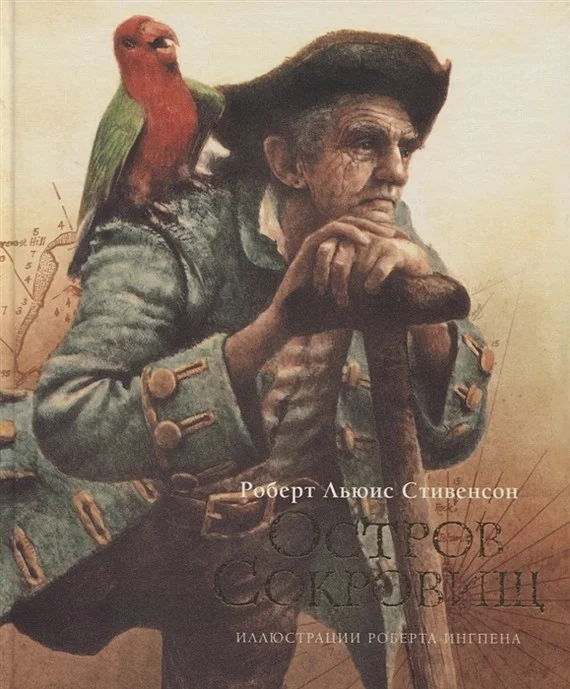
Buy a book
For example, it was the little men who suggested to him the idea of “Olalla” - at first glance, a typical Gothic story with an indispensable castle, its mysterious inhabitants, with a beautiful and doomed girl... Even vampires are there. But dig a little deeper - and you will find bitter and deep reflections the author about the nature of human desires and aspirations, about how the soul and body are connected, in what relationships the clan (family) and the individual are. The ending, in which Stevenson resorted to Christian symbolism, also looks unexpected - he was the one who had been challenging his father’s religious views for many years!
Duality, disunity, which at the same time gnaws at both soul and body - this is Stevenson’s constant theme. He himself drank more than enough from this cup. Having somehow completed his studies and defended his diploma, Louis rebelled against his father and declared: neither lighthouses nor jurisprudence interest him! He will be a writer! 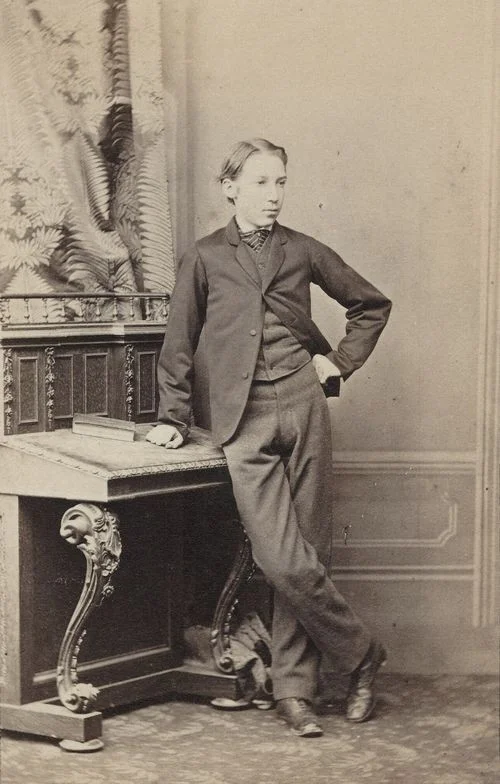
... 14 ...
In those years, especially for a conservative, pious Scotsman like Thomas Stevenson, writing seemed an unworthy occupation and certainly not a profitable one. The father was furious. He promised to disinherit his son and did not allow for a second the thought that Louis would be able to make a living from writing. Moreover, he will become famous. The next few years only confirmed Stevenson Sr. was right.
Tramp, fugitive, fiction writer
In the summer of 1875, in Châtillon-on-Louang, the police commissioner detained a suspicious person. Dressed poorly and eccentrically, the stranger had with him a simple backpack, in which the most valuable thing was a two-volume edition of the 15th-century poet Charles d'Orléans. There were no documents on the arrested person, so the tramp was sent to prison. After some time, a rather respectable gentleman came to rescue him, but even after that the commissioner did not believe that the detainee was a young writer. 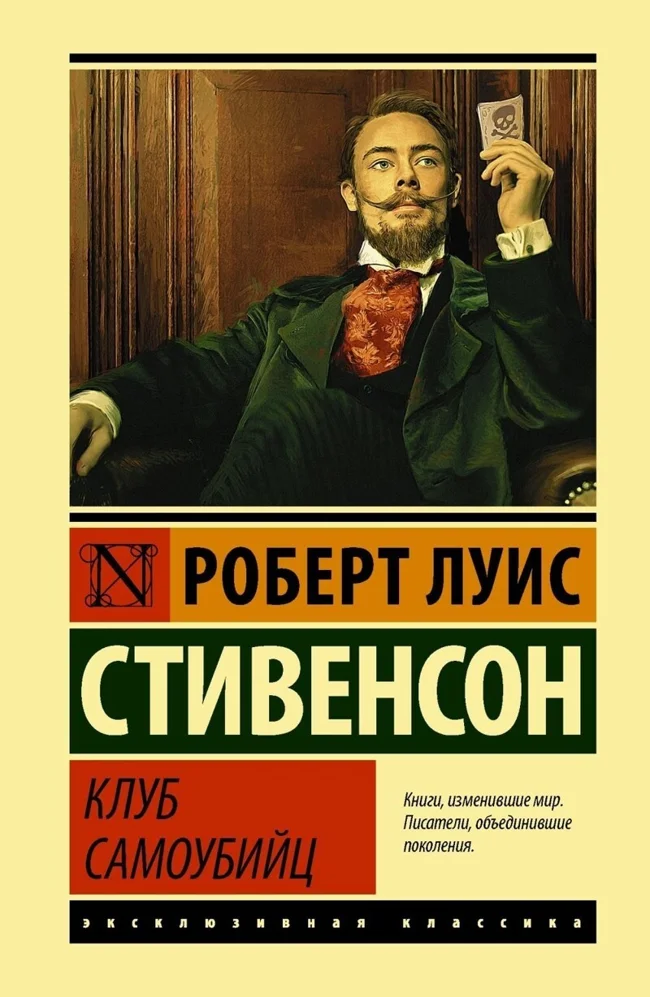
Buy a book
Robert Louis Stevenson later wrote about this incident with a smile, even inserting it into the epilogue of his debut book of essays, An Inland Journey. But the first years of his life as a professional writer were not nearly as fun for him as he tried to make it out to be. Deprived of a regular income, he got by with various kinds of work: he wrote essays and travel sketches, and began publishing his first stories in magazines. At the same time, Stevenson traveled a lot throughout Europe and became part of the bohemian towns where French artists lived and worked.
He was still at odds with his father: he did not take his son’s choice seriously and reproached him for his frivolity. And although from time to time his parents helped Stevenson with money, it is unlikely that he accepted this help with joy. 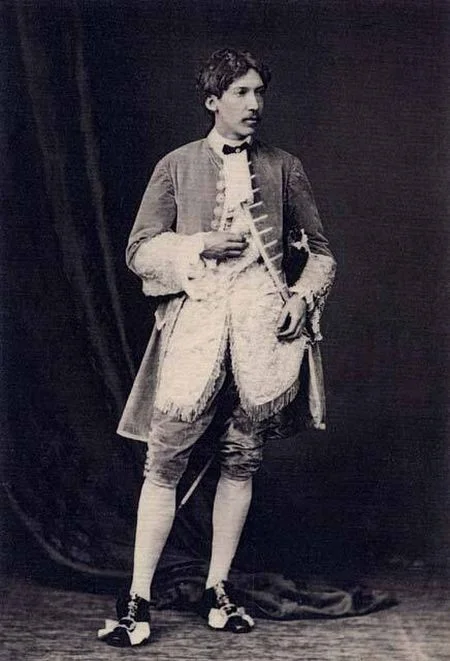
...and 20 years.
The year 1870 turned out to be a turning point in Louis’ life: doctors discovered tuberculosis in the writer. This meant global changes in everything: the need to strictly follow medical instructions, be more attentive to the climate, avoid excessive stress...
At the same time, in the town of Dreams, Stevenson met the American Frances Matilda Osborne. Neither the fact that she was ten years older than him, nor her two children, nor her husband scared Louis away: he fell in love and decided to marry Fanny at all costs. Fortunately, at that time she no longer lived with her husband, all that remained was to get a divorce and get married... but this “only” also meant the need to break her father’s will. For Thomas Stevenson, marrying a divorced woman who was also older than her husband was something monstrous and unimaginable! 
Buy a book
But Louis didn't give up. Friends and enemies unanimously recognized that, despite his illness, he had an unusually strong will. “Character is flint,” they said about him. This character allowed Stevenson to work even in the most difficult days, rewriting many times, polishing his stories, essays, sketches... And now Stevenson was determined to see the matter through to the end: he fought for Fanny, went to America for her, barely I didn’t die on this trip, but I still achieved my goal.
Fanny changed his life dramatically. Stevenson himself gravitated towards serious historical research, but Fanny, caring for the well-being of the family, convinced him to write entertaining books. Because of her, Stevenson quarreled with his best friend, colleague, and unofficial literary agent. Thanks to her, he went on a journey through the South Pacific Seas - this extended his life.
It was Fanny's son, Louis's stepson Lloyd Osborne, who co-authored three books: Unreal Baggage, Low Tide and The Castaways. Lloyd unwittingly inspired Louis to write his first fiction novel, which brought Stevenson worldwide fame and forever won the hearts of many generations of boys and girls. 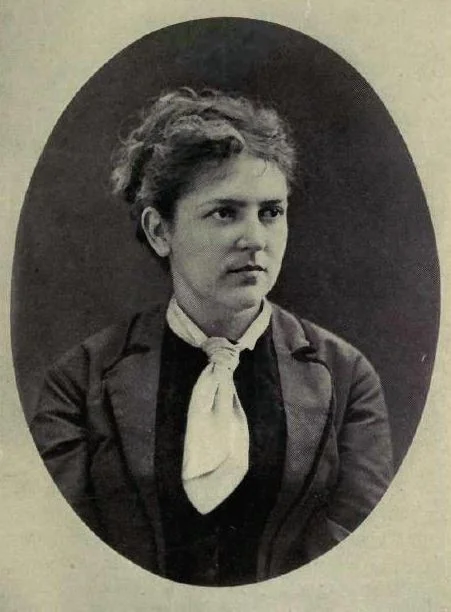
Fanny Osborne in 1870
Treasure Map
It all started with a map, the kind guys always draw: a fictitious map of a fictitious island. Lloyd came on vacation to the town of Castleton, where Stevenson was being treated for regular illnesses. Lloyd loved to draw, and Louis, who doted on his stepson, sometimes picked up paper and pencils to join the boy. Finally, a map of Treasure Island appeared - and when it appeared, it imperiously declared its rights.
By that time, Stevenson had long dreamed of taking on a big book. Several times I started and gave up without finishing: either my plans were unsuccessful, or I didn’t have enough patience. This time there was another incentive. A publisher friend who was staying at the house was invited to read the first chapters and was so impressed that he agreed to publish them and continue them in a magazine for teenagers. 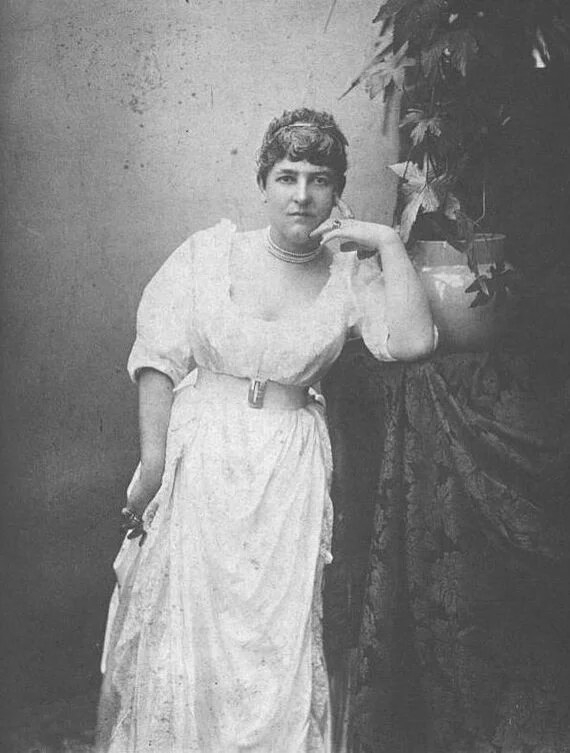
Fanny Stevenson in 1885
“...I cast a thoughtful glance at the map of my “Treasure Island” and among the imaginary forests the heroes of my future book began to stir. Their tanned faces and sparkling weapons protruded from the most unexpected places; they scurried hither and thither, fighting and searching for treasure on a few square inches of thick paper. Before I knew it, a blank sheet of paper appeared in front of me, and I was making a list of chapters.”
Robert Louis Stevenson
But there was no continuation! At some point, Stevenson lost interest in the novel, he simply got stuck, and in the most interesting place. Nothing sensible came to mind, no matter what he did. And only the move from Castleton to Davos spurred the writer’s imagination - he again took up the pen and quite quickly wrote the second half of the book.
Later, Louis himself admitted that he mixed already known components in different proportions: he borrowed the parrot from Daniel Defoe’s “Robinson Crusoe”, the pointer skeleton from Edgar Poe’s “The Gold Bug”... The only trick was how exactly to mix all this “alien” "to get "yours." Stevenson undoubtedly succeeded in this. 
The same card...
At first, the novel was greeted without enthusiasm: in that same magazine for teenagers, no one paid attention to it. It was only when Treasure Island was published as a separate book that it became a stunning success.
But Stevenson was tormented by doubts. The novel about pirates made him a popular writer, but not a serious writer for children. “Black Arrow” only strengthened everyone in this opinion.
Stevenson himself wanted more. Even in his adventures he sought to explore the nature of the human soul. Unexpected depth is revealed even in the not very successful story “Markheim”: the story of a murderer who is seduced and thereby pushed to confession and repentance by either the Devil or Jesus. The thing is simple at first glance, but masterfully made! And in Markheim’s conversation with the stranger, there is a noticeable echo of Dostoevsky, with his Ivan Karamazov and the devil. Stevenson loved books and read Crime and Punishment in French translation. 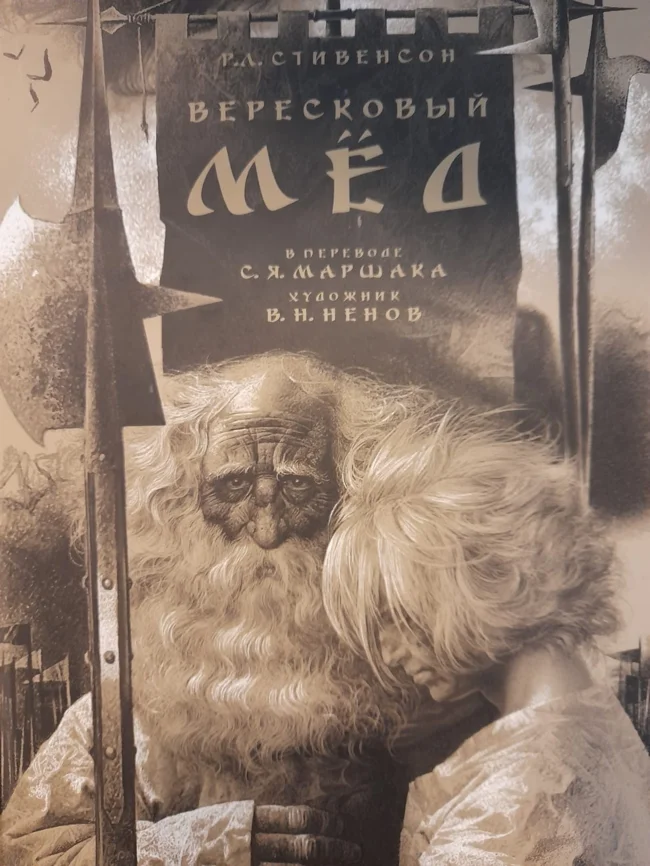
Buy a book
Hidden Facets of Talent
Stevenson's best and most beloved books by the public were not immediately appreciated. Like Treasure Island, The Strange Case of Dr. Jekyll and Mr. Hyde went unnoticed at first.
The writer approached her for more than one year. First he wrote the play “Dean Brody,” then the first version of “Jekyll,” which was three times longer than the final version. In all the forerunner texts, both forms of one person were equally evil and cruel. His wife criticized the early “Jekyll and Hyde” to smithereens, Stevenson heeded her advice and wrote a different version. In it, as we know, Dr. Jekyll is an outwardly respectable man and, in general, inclined to good deeds. But, like all people, Henry Jekyll combines both good and evil in various proportions. The mysterious tincture that the doctor prepared seemed to distill the evil spirit from him. Once free, Mr. Hyde (from English - “secret, hidden”) began to create what he really wanted, but was afraid of Henry Jekyll. 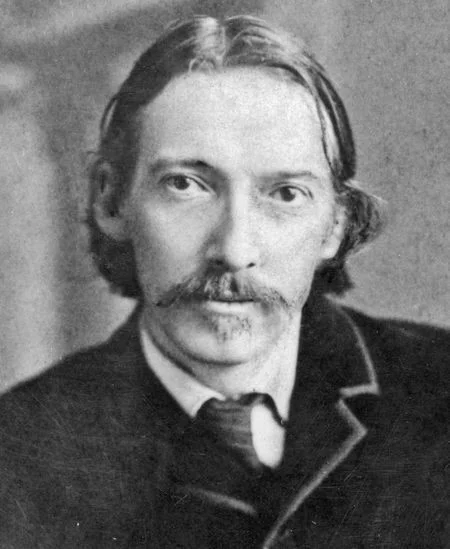
Photo portrait of 1887
Stevenson explores human nature and shows how indulgence in inner evil leads to its growth. In the end, Hyde prevails over Jekyll: it is no longer Hyde who is an aberration, but the one from whose personality this concentrate of evil was extracted.
Of course, Stevenson managed to find an accurate and beautiful metaphor, but, in addition, he wrote a fascinating, lively, intriguing story. It is reminiscent of Dickens’s prose and Edgar Allan Poe’s detective stories, and there is a bit of “Dostoevshchina” in it.
At first, responses to the story were vague. Three years had passed since the release of Treasure Island, and Stevenson was still not sure that he would be able to write such a successful book. 
Then the “Jekyll boom” began: in the first six months, 40,000 copies were sold in England, in America - 250,000, if, in addition to licensed ones, we also take into account pirated editions. “Jekyll and Hyde” was praised and criticized, critics found flaws in the story, blamed it for its lack of scale, lack of logic... But the success of the book was undeniable. She influenced authors as diverse as Oscar Wilde and Arthur Conan Doyle. Later, “Jekyll and Hyde” became the basis for numerous films: from accurate adaptations to films “based on...”
To the southern seas, towards your own legend
Stevenson himself at some point also seemed to have taken a magical tincture. Only the result was not Mr. Hyde, but Mr. Light: an improved, polished Stevenson personality, which was offered to the public. His explosive emotionality, difficult relationship with his father, numerous illnesses - all this seemed to not exist. But in real life there was no escape from this. And if, say, in his relationship with his father, Louis managed to reach some kind of fragile harmony, then it was not always possible to find a compromise with his health. 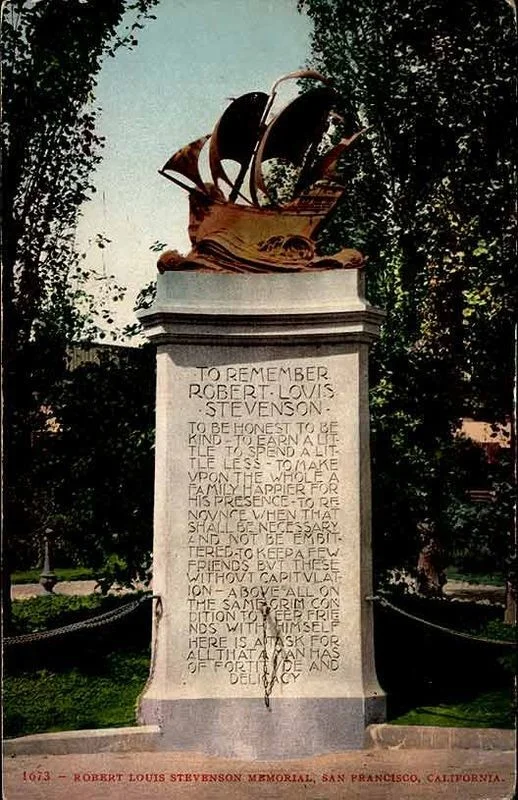
Monument to the writer in San Francisco
In 1887, Thomas Stevenson died, and now nothing kept Robert Louis in the Old World. Circumstances seemed to force him to leave his homeland: the climate of Britain had a bad effect on the writer’s health, Fanny dreamed of returning to America, Stevenson himself yearned for travel...
And finally, the family, including the writer’s mother, went overseas. They sailed on a ship that transported “monkeys, breeding stallions, cows, matches and hay.” The pitching was monstrous, as was the smell, but all this could not spoil Stevenson’s mood. They arrived in New York and were greeted with cries of “Long live Stevenson!” In America he was already known and loved, the writer found himself in the very center of attention. They immediately approached him with a request to write essays, and they promised him quite decent money; two publishing houses literally begged him for the rights to a novel that had not yet been written!.. It was as if he was making up for lost time in Britain, basking in the rays of lost fame.
A year passed, and Stevenson’s health again forced him to change places. Going to San Francisco, he hired a yacht to travel the southern seas for seven months. This, of course, was not a voyage on the Hispaniola in search of Treasure Island, but the writer had his fair share of adventures and even wrote a series of essays about them, “In the South Seas.” 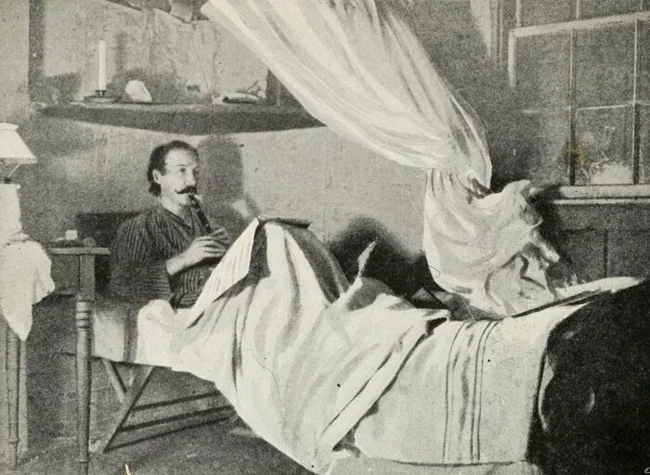
In Hawaii, 1889
Eventually, the Pacific islands of Polynesia and Micronesia became Stevenson's second home. To some surprise of the writer himself, he decided to settle on the island of Upolu. The family bought the land and paid for the construction of a large mansion with a fireplace(!). Soon this house became a place of pilgrimage for both local residents and foreign guests: having left his native land, Stevenson became an even more significant figure, he was compared to Byron, people hurried to him for advice or a literary “blessing”.
Local residents also respected this strange overseas gentleman. And after the story “The Satanic Bottle” was published in Samoan!.. Stevenson even began to be called Tusitala (Teller of Stories) - and they firmly believed that he actually had a magic bottle with a demon imprisoned in it in his safe.
This story is in many ways reminiscent of Balzac's "Shagreen Skin", but less ponderous and more life-affirming. The main character is a contemporary of the narrator, a man whom he conventionally calls Keawe. One day Keava gets a magic bottle. The devil sitting in it fulfills any desire, but after death its owner, of course, will go to Hell. The bottle can be sold to someone else. However, the price should be lower than what the current owner bought the bottle for. 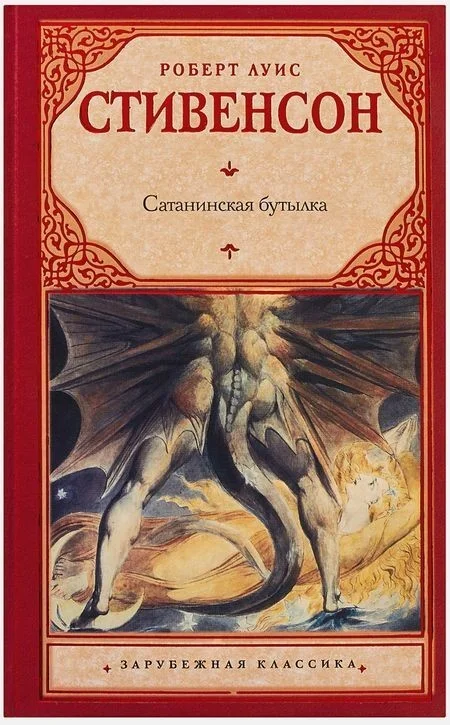
"The Satanic Bottle" is just one example of Stevenson's mystical prose. He was always interested in folk beliefs, legends, stories about spirits and living dead people.
Life in Vailim gave Stevenson new ideas and added optimism and strength to him. But the respite was short-lived. Only a few years passed - and the bleeding from the throat resumed (“visits of Bloody Jack”, as Stevenson called him), his right hand was paralyzed... He did not give up and continued to write his next, pinnacle, as everyone recognized it, novel. Alas, Weir Hermiston was never completed.
Even the day before, Stevenson had been working, and on December 3, 1894, he saw that Fanny was full of forebodings. He himself considered this nonsense, tried to calm his wife down and went to the cellar for a bottle of Burgundy. He returned, began to help Fanny with the salad... suddenly he staggered and fell, and two hours later he died of a cerebral hemorrhage.
***
Sailor Robert Louis Stevenson never returned home, or rather, did not return to his homeland. The island of Upolu became his second and last home; and after death, those who appreciated the talent of the “hunter who went to the hills” continued to sail here. Over the years, much has been forgotten, and the image of the writer has lost a lot, as if it had become two-dimensional. Stevenson was very different both as a person and as an author; he loved a good joke, but at the same time he could talk deeply about the most serious matters. He doubted, searched, worked a lot and, alas, did not achieve much.
